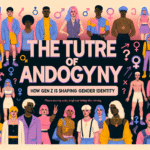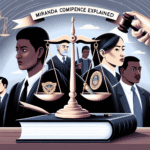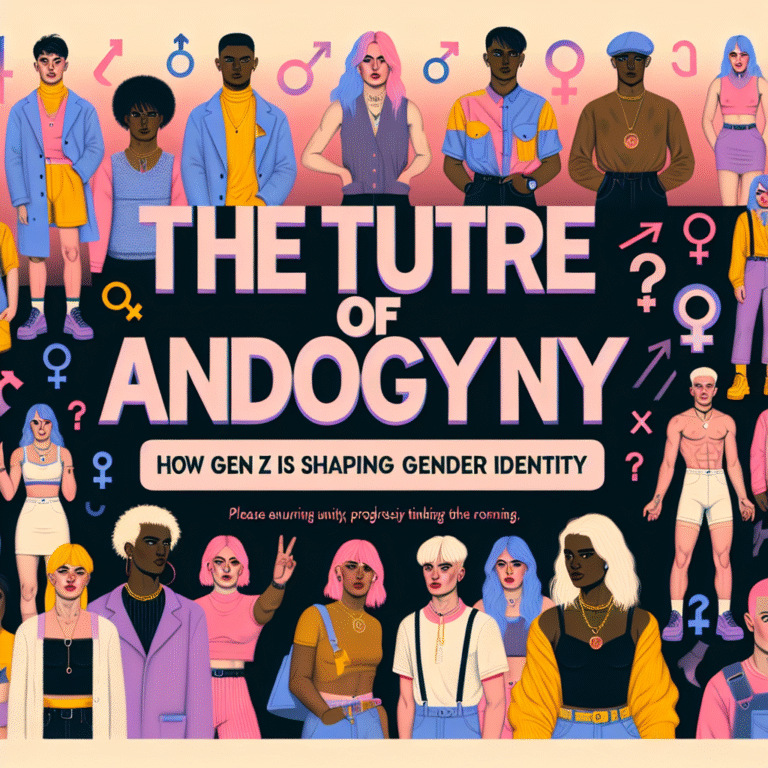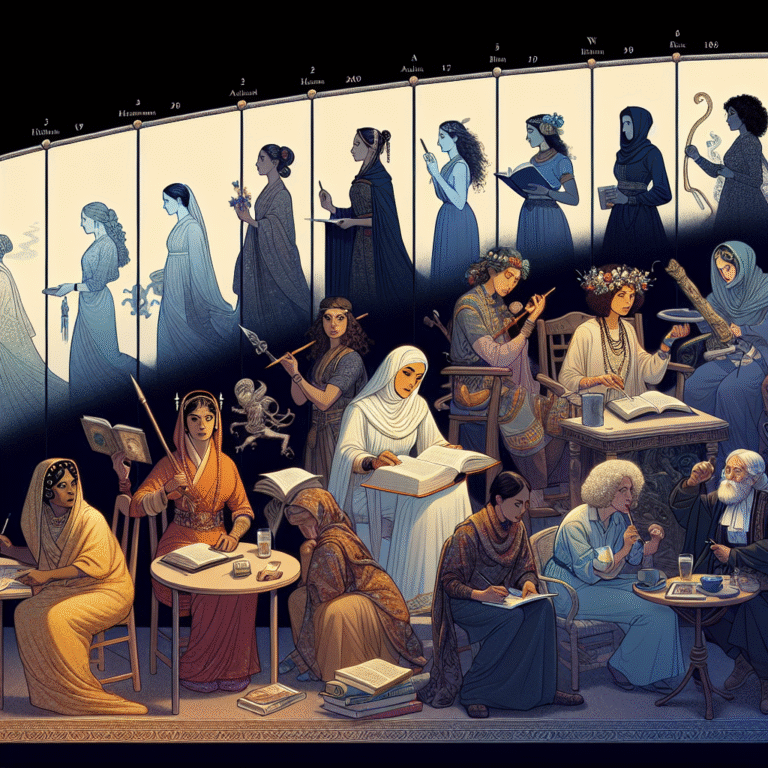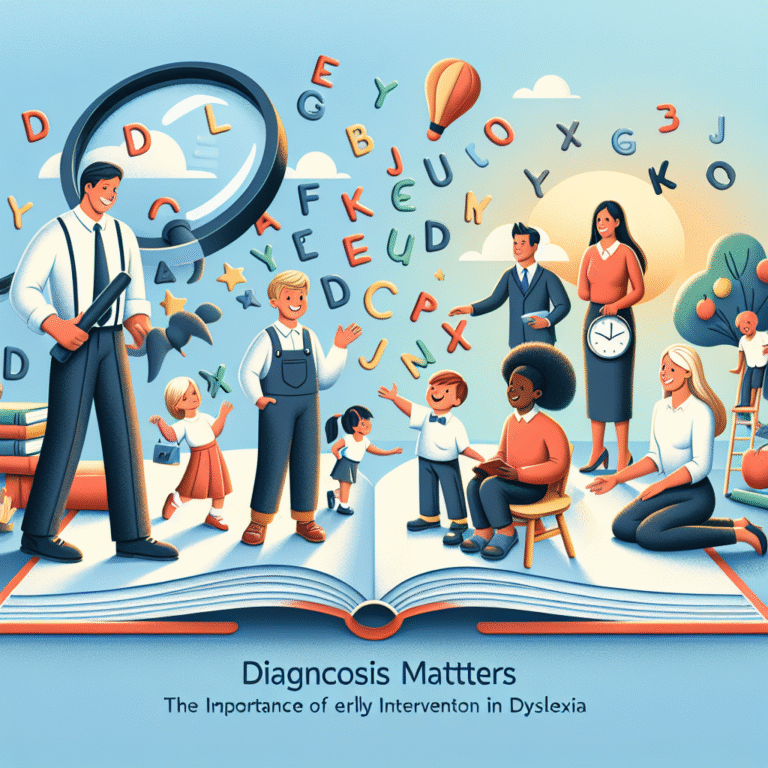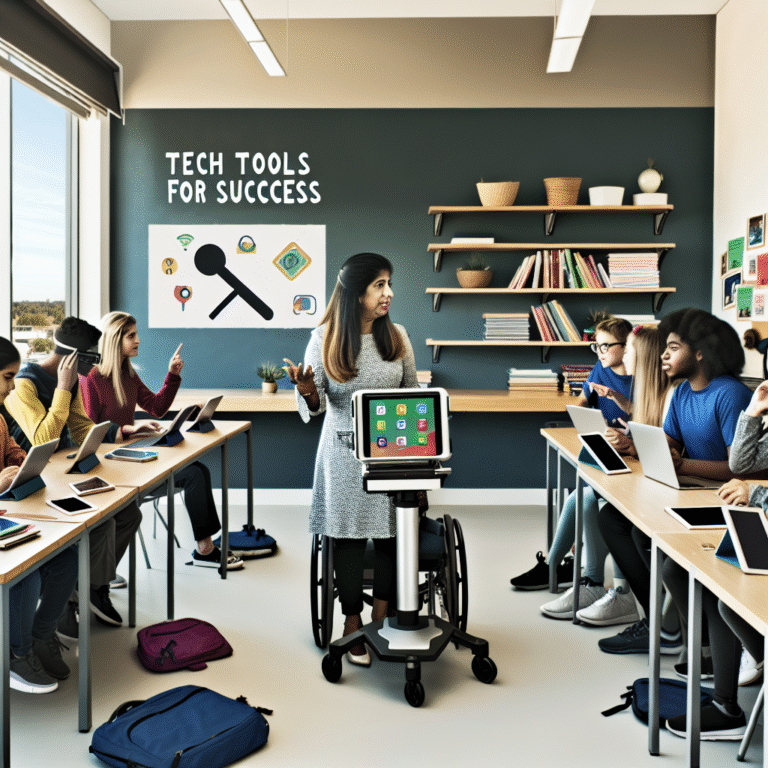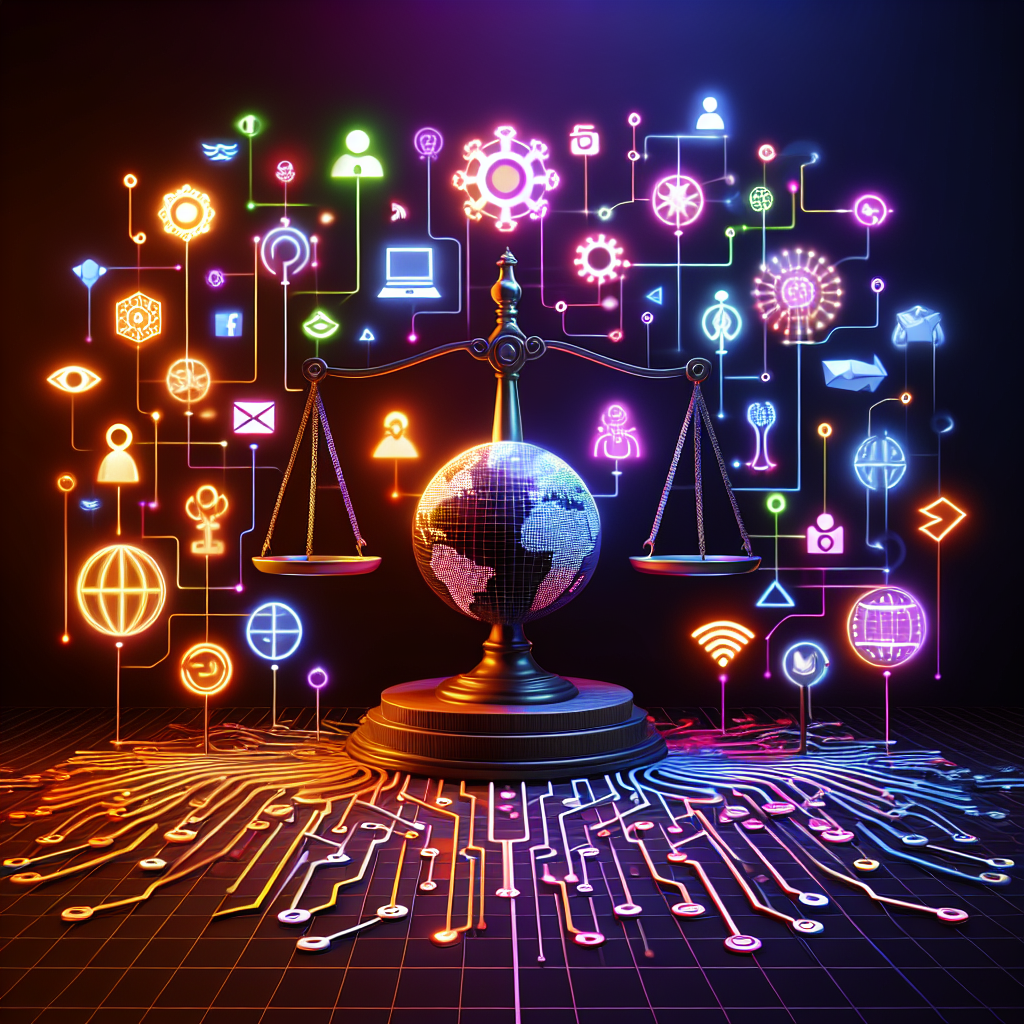
Introduction
In an era dominated by technology, the landscape of influence has undergone a seismic shift. The phrase "Power Dynamics in the Digital Age: Social Media’s Role in Shaping Influence" encapsulates a reality where traditional power structures are being challenged and redefined. Social media platforms, once simply tools for communication, have emerged as potent arenas for shaping public opinion, driving social movements, and even influencing policy decisions globally. In this article, we will explore the intricate dynamics of power online, how it manifests through social platforms, and the implications for individuals and societies alike.
Understanding Power Dynamics in the Digital Age
The Evolution of Power
Historically, power has been concentrated in the hands of a few—be it political leaders, wealthy industrialists, or media tycoons. However, the advent of the internet and social media has democratized information, allowing voices previously marginalized to gain visibility and, in some cases, significant influence.
The Flattening of Influence
The concept of a "flattened hierarchy" is critical to understanding today’s power dynamics. Social media acts as a leveler, allowing individuals to bypass traditional gatekeepers. For example, a viral tweet can reach millions within minutes, offering unparalleled influence to everyday users.
Key Players in Digital Power Dynamics
Influencers and Content Creators
One might wonder who wields the most influence on social media. Public figures or influencers with substantial followings often hold significant sway. Their ability to connect with audiences on a personal level fosters a unique form of trust and credibility.
Brands and Corporations
On the corporate end, brands are leveraging social platforms to engage consumers directly. They utilize data analytics to understand their audience better and tailor their messages, driving consumer behavior in ways that were previously unimaginable.
Government and Politicians
Lastly, institutions like governments are actively using social media for outreach and propaganda. From campaign strategies to crisis management, the digital realm has become vital for political actors navigating public opinion.
Case Studies Illustrating Power Dynamics
Case Study 1: The Arab Spring
The Arab Spring serves as a foundational case study for analyzing power dynamics in the digital age. Citizens utilized platforms like Twitter and Facebook to organize protests and mobilize support against dictatorial regimes. These platforms facilitated real-time communication and information sharing, showcasing the potential for social media to catalyze political change.
Relevance: The Arab Spring exemplifies how social media can galvanize collective action, threatening established power structures.
Case Study 2: The Rise of Influencers
Consider the example of beauty influencers like Kylie Jenner. Her ability to launch a successful cosmetics line through social media channels highlights how personal branding and audience engagement have become dominant forces. Jenner’s direct interaction with her audience on platforms like Instagram has made her a powerful player in the beauty industry.
Relevance: This case underscores the shift from traditional advertising to influencer-driven marketing, showcasing how individual voices can shape industry trends.
Case Study 3: The #MeToo Movement
The #MeToo movement is another significant example of social media’s power in shaping influence. By using hashtags to share personal experiences of harassment and assault, individuals collectively challenged powerful figures in multiple industries, leading to widespread accountability.
Relevance: The movement illustrates how social media can amplify marginalized voices and shift cultural narratives, impacting real-world policy changes.
The Mechanics Behind Social Media Influence
Algorithms and Engagement
Algorithms play a crucial role in shaping which content is seen and by whom. Social media platforms employ complex algorithms that prioritize engagement, often leading to the promotion of polarizing content that captures attention.
| Element | Impact on Power Dynamics |
|---|---|
| Algorithm Changes | Can either empower or suppress voices |
| Engagement Metrics | Determine visibility and reach of content |
| Audience Interaction | Shapes content continuously |
The Echo Chamber Effect
One downside to the power dynamics in the digital age is the echo chamber effect, where users are exposed primarily to opinions that mirror their own. This phenomenon can solidify divisive viewpoints and diminish constructive dialogue, with the potential to destabilize societal norms.
Authenticity and Trust
As social media evolves, the authenticity of influence has become increasingly scrutinized. Users are more discerning; they gravitate towards individuals who present genuine stories. This shift has led to brands and influencers striving for transparency, understanding that trust is paramount in maintaining influence.
Implications for Society
Empowerment vs. Manipulation
The digital age has empowered individuals by providing tools for self-expression and engagement. However, it also invites manipulation through misinformation and targeted campaigns.
- Cyberbullying: An alarming byproduct of social media that affects vulnerable populations.
- Misinformation: The rapid spread of false information can lead to societal harm, creating skepticism toward legitimate sources.
Shifting Political Landscapes
Politically, campaigns are not just about policies but also about digital strategy. The "Power Dynamics in the Digital Age: Social Media’s Role in Shaping Influence" is evident when examining modern political campaigns that utilize social media to reach and mobilize voters efficiently.
Actionable Insights: Navigating Power Dynamics
For Individuals
Engage Critically: To navigate the complexities of power dynamics, individuals should research before believing and sharing information.
- Build Authentic Connections: Whether as a consumer or an influencer, authenticity matters. Strive to create genuine interactions that foster trust.
For Brands
Utilize Data Responsibly: Brands should harness data analytics not just for marketing gain, but also ethically—ensuring consumer privacy.
- Embrace Transparency: Open communication about business practices and sourcing can bolster consumer trust.
For Policymakers
Regulate Misinformation: Implement robust frameworks to combat misinformation while balancing freedom of speech.
- Promote Digital Literacy: Investing in educational programs will empower citizens to discern information critically.
Conclusion
The intricate web of power dynamics in the digital age, particularly through social media, has irrevocably changed how influence is exerted and perceived. While it provides unprecedented opportunities for empowerment and engagement, it also presents serious challenges like misinformation and polarization. Understanding these dynamics is crucial for individuals, businesses, and policymakers alike—guiding actions that enhance positive engagement in our increasingly digital world.
By embracing the opportunities and mitigating the challenges presented in the digital realm, we can navigate this new paradigm effectively, ensuring that social media becomes a force for good rather than division.
FAQs
1. What is meant by "power dynamics in the digital age"?
Power dynamics in the digital age refer to how influence and authority are distributed and exercised through digital platforms, particularly social media.
2. How can social media affect political decisions?
Social media can shape public opinion, mobilize supporters, and even affect election outcomes, making it a powerful tool for political actors.
3. Are influencers really powerful?
Yes, influencers can sway consumer behavior and public opinion significantly; they’re often viewed as more relatable and trustworthy than traditional celebrities.
4. What are the risks of misinformation on social media?
Misinformation can lead to public panic, reinforce harmful stereotypes, and undermine trust in legitimate sources of information.
5. How can individuals protect themselves from negative power dynamics online?
Being critical of the information consumed, connecting authentically, and engaging with diverse viewpoints can help navigate power dynamics effectively.
This exploration of power dynamics in the digital age and social media’s role in shaping influence highlights the profound changes that have occurred in how we communicate, operate, and engage with one another. The landscape is constantly evolving, and the tools available to influence and empower will continue to challenge traditional notions of power.
